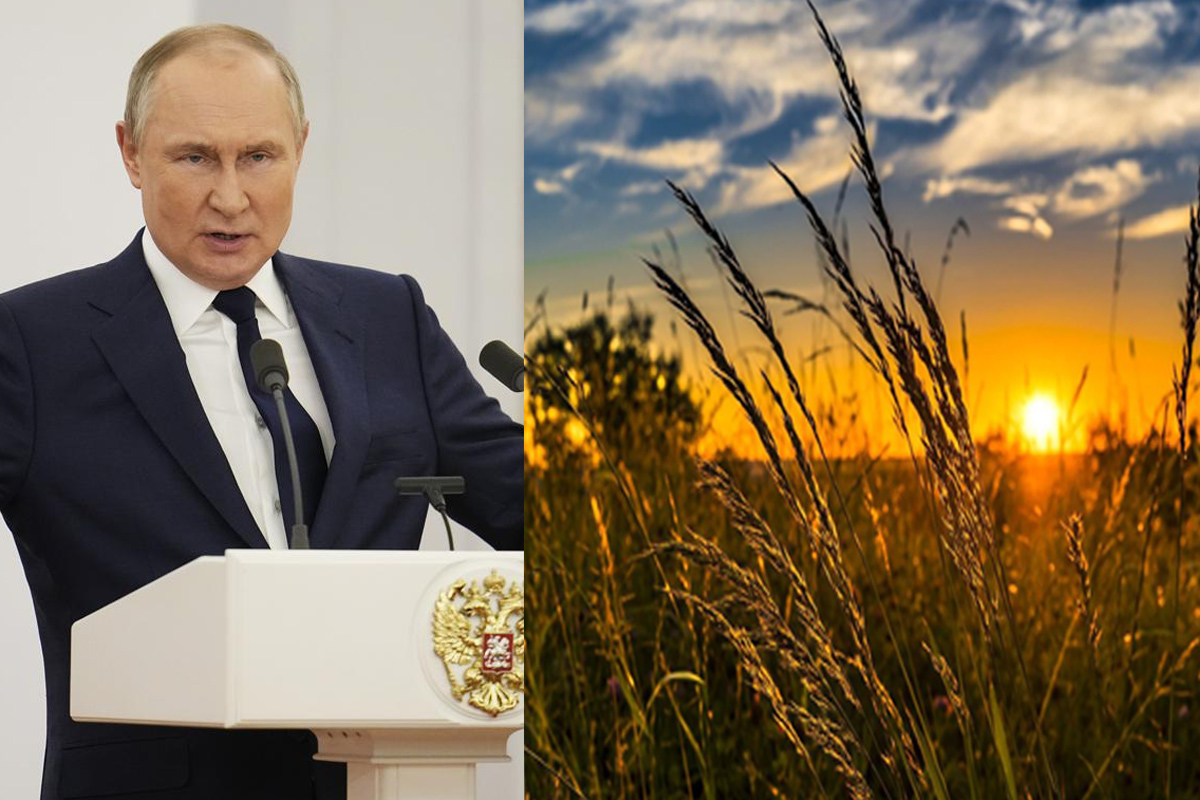Policy|Defense policy
Bilateral agreements can be attractive, but they are not entirely unproblematic, says researcher Hanna Ojanen.
Russian The attack on Ukraine made Finland want more security outside Finland’s borders.
President Sauli Niinistö visited the President of the United States on Friday Joe Biden by. The gift of the meeting was not a NATO invitation or an application to the military alliance, but the knowledge that Finland is starting a “process” with the United States.
“The intention is to set in motion on a process basis, without now identifying any proposals for security and defense cooperation that will come under discussion. It became very clear that NATO’s open door policy was continuing and that the United States considered it important, ”Niinistö said after the meeting.
In other words, Finland is now converging its security and defense co-operation with the United States.
How can this be done?
One of the existing letter combinations is MNNA. It comes from English words major non-NATO ally.
Although the word NATO is mentioned in the MNNA, it is not a NATO subgroup. The MNNA is a cooperation defined by U.S. law and administered by the U.S. Department of State. This status is for non-NATO allies of the United States.
U.S. Department of State pages tellthat MNNA status is a powerful symbol of that country’s close relationship with the United States and reflects the friendship between the two countries.
In practice, status means a variety of wider purchasing opportunities in the arms trade, “benefits” to the Allied defense industry, or access to U.S. Department of Defense research projects. The position could also mean better access to U.S. equipment.
The MNNA station does not automatically include security guarantees, but if negotiated separately, it would be possible to obtain them as well.
Could the MNNA be the answer to Finland’s longing for security?
In the MNNA Finland would find itself in a foreign society.
Less than twenty countries now have an MNNA agreement, such as Australia, New Zealand, Thailand, Japan, Korea, Afghanistan, Pakistan, Brazil, Argentina, and Bahrain, Egypt, Israel, Jordan, Morocco and Tunisia. In January, Qatar received the most recent MNNA status.
There are no European countries on the list. Throughout history, NATO has become the European defense system.
What unites the countries on the list is that they cannot even join NATO. Article 10 of NATO according to which NATO can invite any member European state.
Also the Ambassador of Ukraine to the United States Oksana Markarova justified last fallMNNA status is not appropriate for Ukraine, as MNNA is only for countries that have no plans or no possibility of joining NATO.
Thus, the MNNA agreement does not seem to be a suitable way for Finland or a way for Finland, but Finland is looking for its own, more tailored way to deepen co-operation with the United States and perhaps some other countries.
Read more: Co-operation between Finland and the USA is intensifying, Niinistö said after meeting at Biden’s White House – “NATO’s open door policy continues”
Research Director Hanna Ojanen At the University of Tampere, bilateralism is considered a typical activity of the great powers.
“Bilateral agreements are convenient because they can have the controlling party itself. Multilateralism is always a risk, because it has to endure joint decision-making and perhaps more flexibility, ”says Ojanen.
Often, intelligence also moves better in bilateral relations than in multilateral relations.
For Finland, bilateralism could be a way to gain security faster than NATO’s decision-making in 30 member states.
“Bilateral is a direction we understand right now, and of course the United States is a great partner for any country, but bilateralism is not without its problems,” says Ojanen.
If bilateral cooperation goes very deep, it must begin to be reconciled with other, multilateral cooperation.
“Then there are many actors and platforms involved, doing the same type of work, developing defense capabilities, practicing together and having technical-industrial projects. When there is bilateral or even multilateral co-operation and then different institutions, the result is quite varied, ”Ojanen describes.
Finland, for example, has its EU obligations. Of course, Finland is also a NATO partner country.
Separately, Ojanen highlights defense planning, which is now done only with Sweden. Ojanen hopes that the new commitments will not jeopardize the current co-operation between Finland and Sweden or the possibilities for further deepening it.
“However, the relationship with Sweden is the most important, and the most problematic for Finland, even on an equal footing,” says Ojanen.
After Biden’s meeting, Niinistö himself emphasized that co-operation with the United States will continue to include the other Nordic countries in the negotiations.
#Defense #policy #Finlands #ways #closer #protection #MNNA #alternative #Finland




/cloudfront-eu-central-1.images.arcpublishing.com/prisa/N6X2XKYX2ZC7FP7LAG4T73XWSI.jpg)
